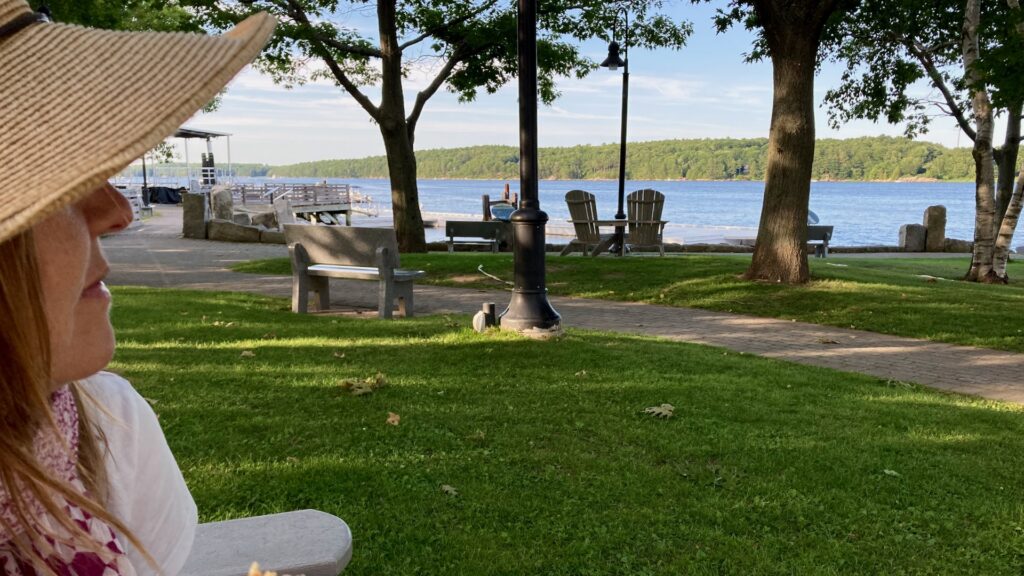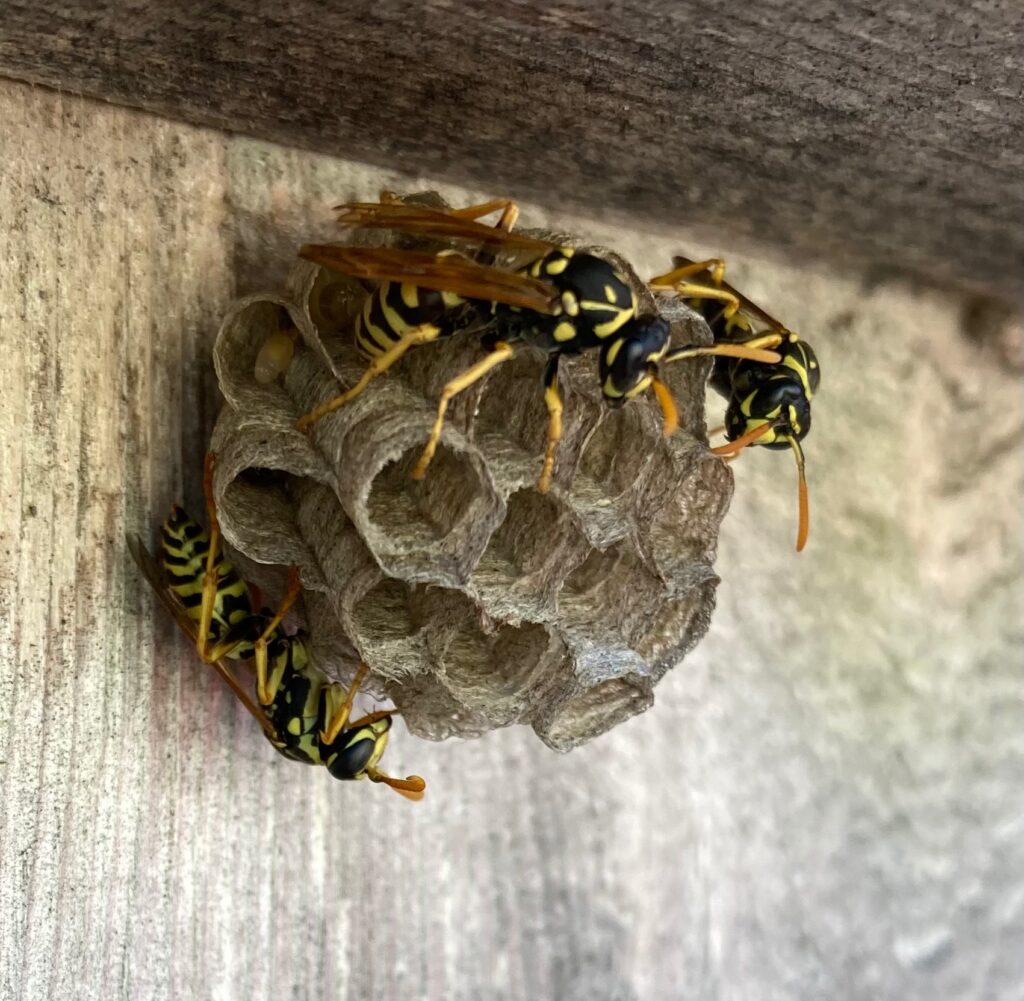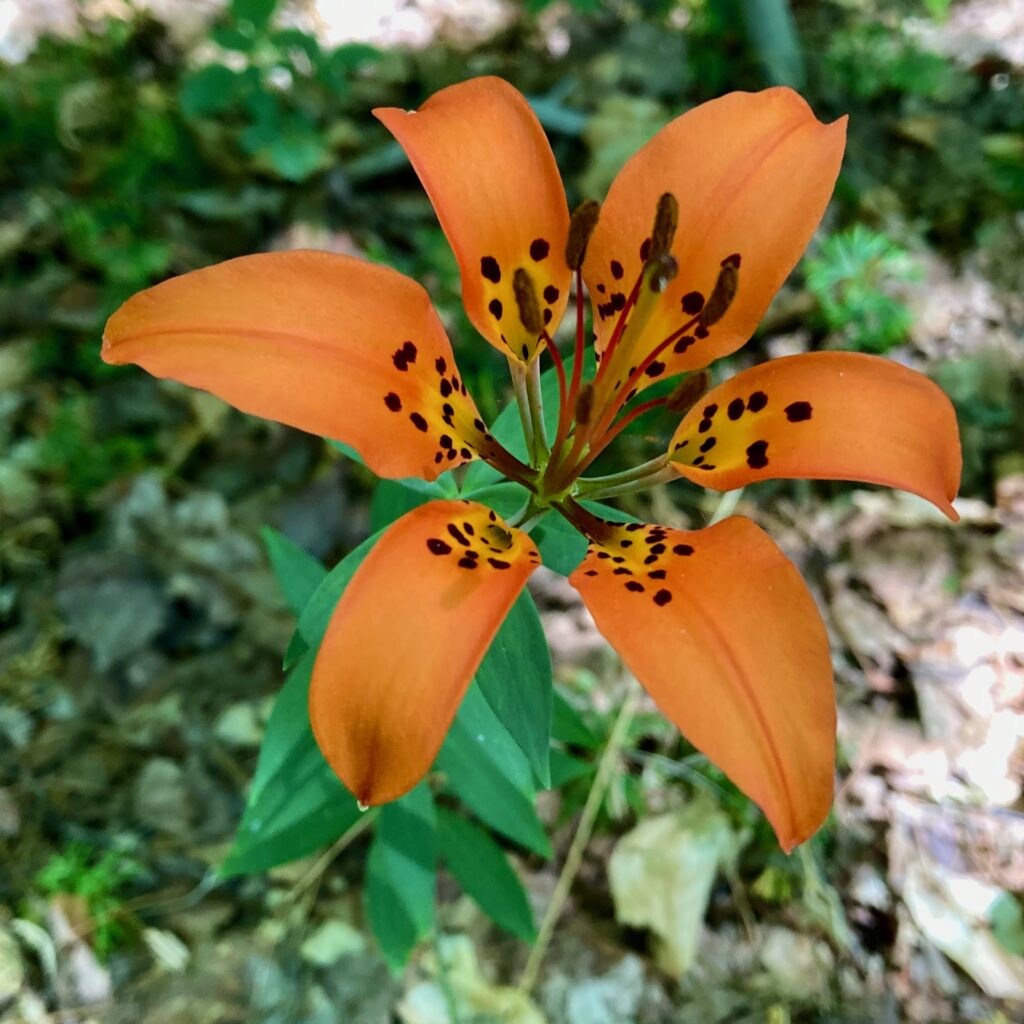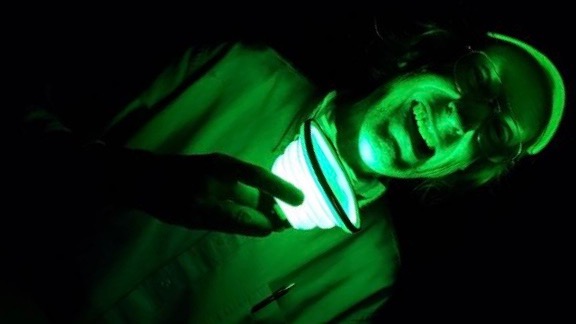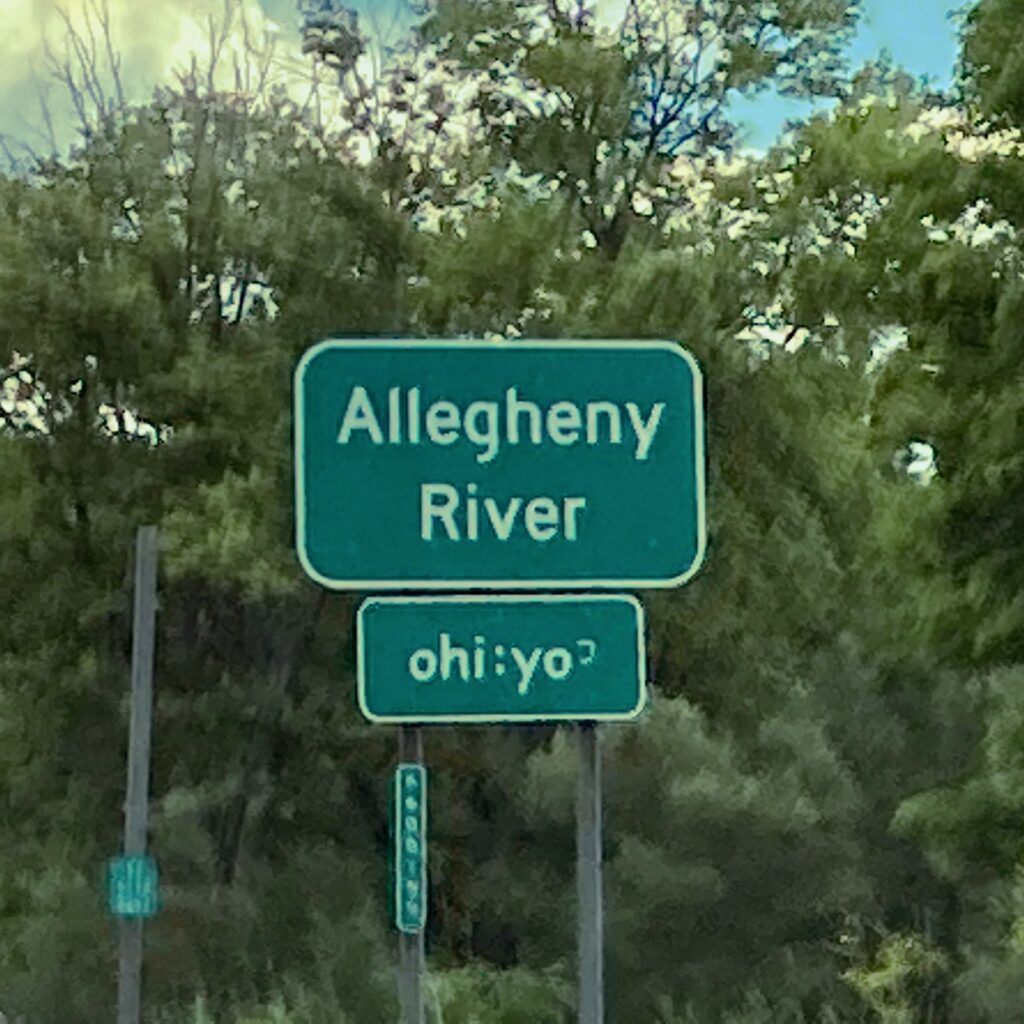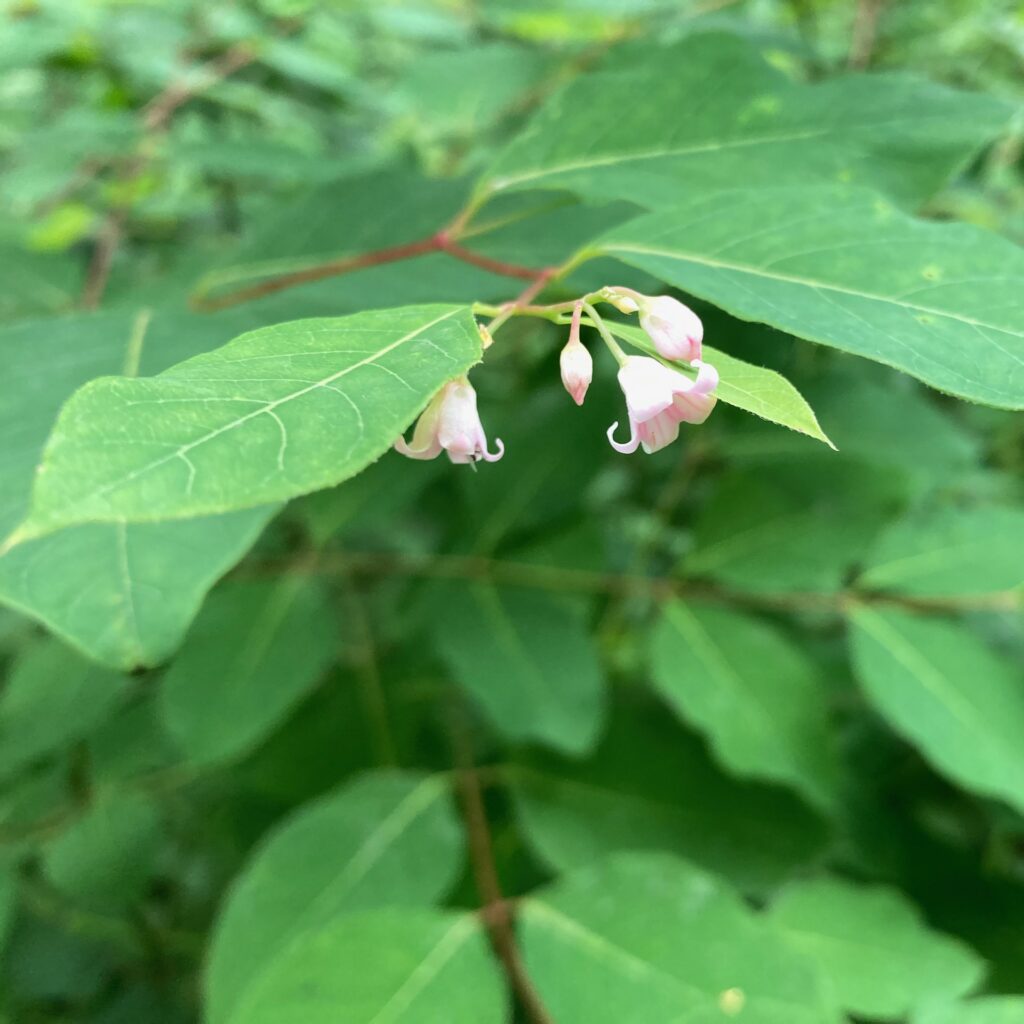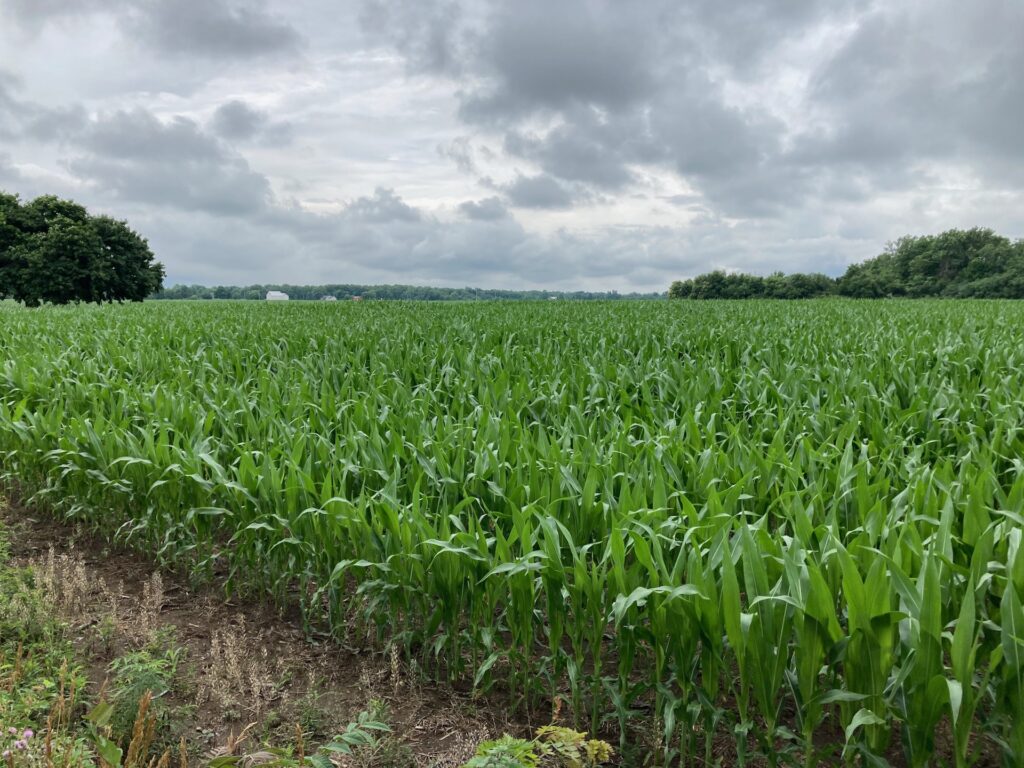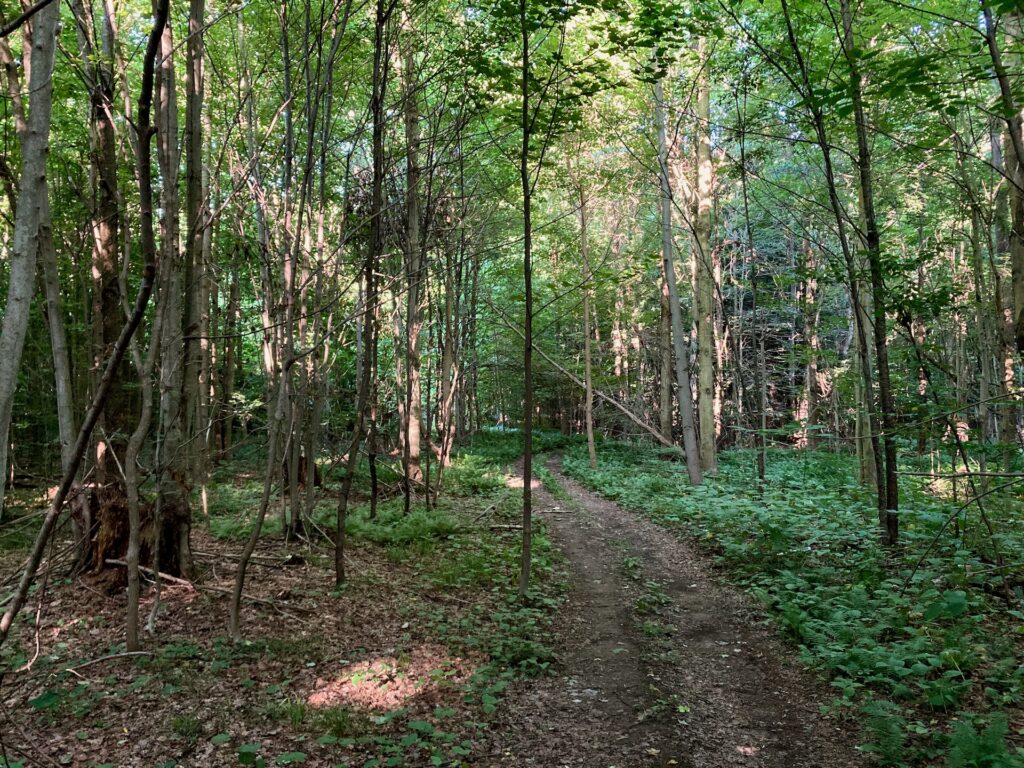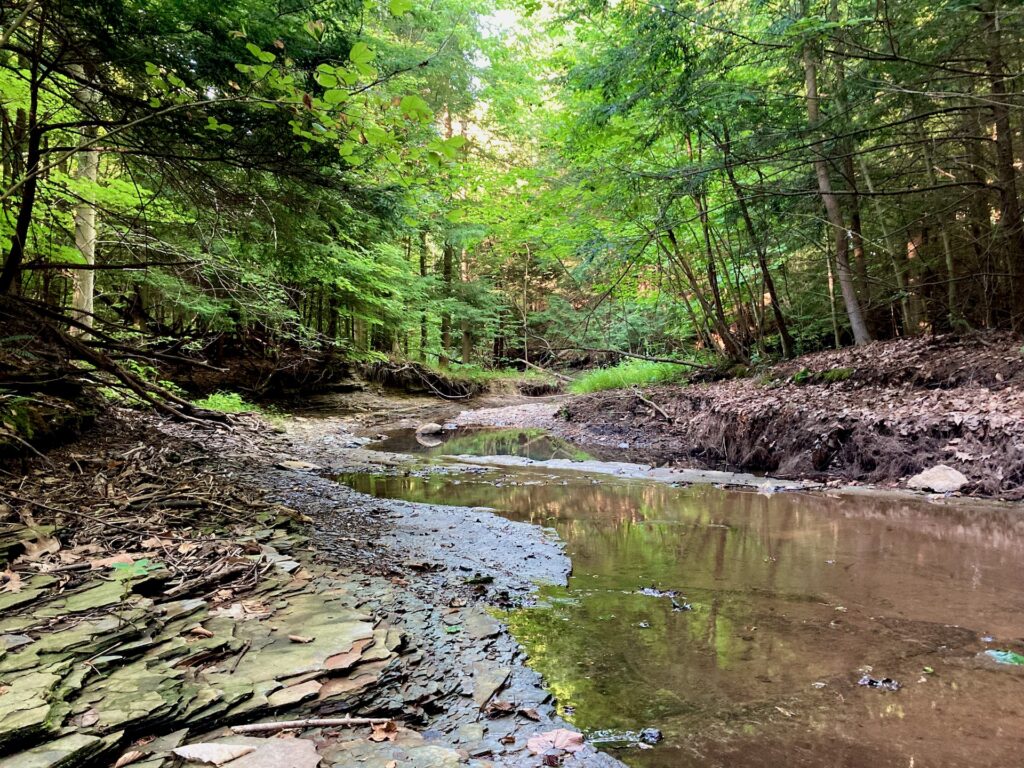Summary session plan below.
My iNaturalist observations for today.
Suburban/urban nature walk
We took a walk from Ferry Beach Park Association to Camp Ellis. We walked along Surf Street until the pavement ended, then walked along the dirt track where Surf Street used to be. We turned inland at Lower Beach Road, where the dirt track ended, turned down Cove Ave and walked down to look at the Saco River, then down North Ave. to Bay Ave. to the jetty. On the walk back, we went along Route 9.
I’ve never written up full instructions on how to lead a suburban or urban nature walk, and unfortunately I’m not going to have time to write that description now. Suffice it to say the following: in a suburban or urban environment, there will be fewer native species and less biodiversity than in a landscape that is less dominated by humans. So a suburban / urban nature walk will look at what non-human species are present (and why they’re there), and in addition will look at the economic forces that shape the landscape.
Remember — the word “ecojustice” means both “economic justice” and “ecological justice.” Some of the thinking behind ecojustice is that economics cannot be separated from environmental concerns.
For reference: Ecojustice curriculum (gr. 6-8) on my curriculum website.

